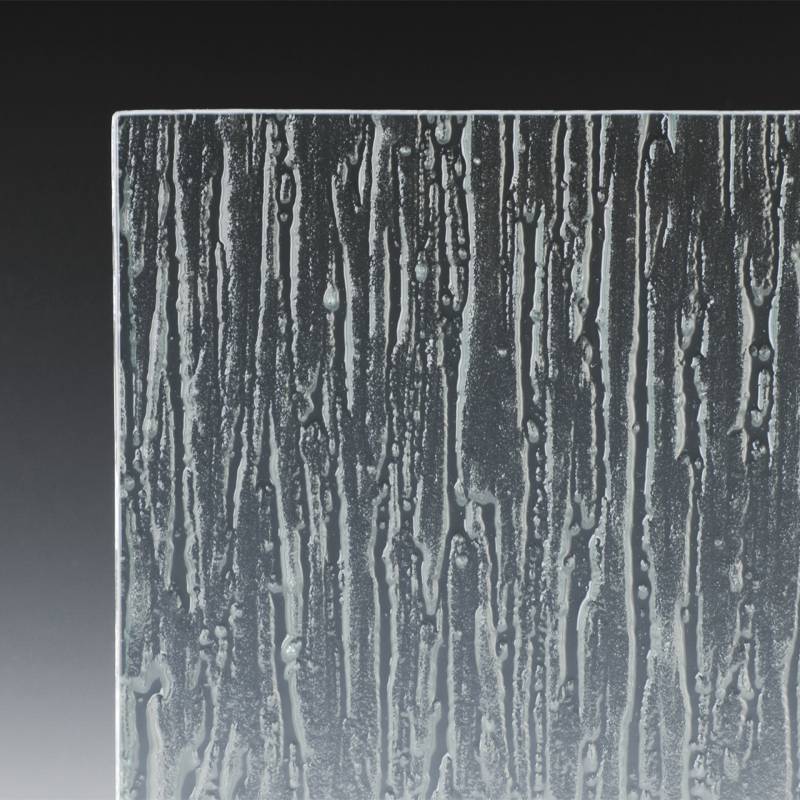The Float Glass Production Line A Comprehensive Overview
The float glass production line represents a significant advancement in glass manufacturing technology, providing a highly efficient and cost-effective method for producing high-quality flat glass. This process, which has become the standard in the industry, involves several key stages melting, floating, annealing, and cutting. In this article, we will explore each of these stages in detail, as well as the benefits and applications of float glass.
1. Melting
The journey of float glass begins in the melting furnace, where raw materials are combined to create a molten glass. The primary constituents include silica sand, soda ash, and limestone, along with various additives to enhance specific properties. The raw materials are carefully weighed and mixed before being heated in the furnace at temperatures exceeding 1,600 degrees Celsius. This high-temperature melting process is crucial to ensure that the glass is homogeneous and free of bubbles.
Continuous melting furnaces are often used in modern float glass production lines. These furnaces are designed to operate efficiently, minimizing energy consumption while maximizing output. The molten glass flows continuously into a forming section, keeping the production process seamless.
2. Floating
Once the glass is melted, it is poured onto a bed of molten tin in the float bath. This floating process is what distinguishes float glass from other types of glass. The molten glass spreads evenly on the surface of the tin, creating a uniform thickness and smooth surface. The tin not only serves as a medium for floating the glass but also as a substrate that aids in the cooling process.
During the floating stage, the glass gradually cools and solidifies while maintaining its flat shape and smooth finish. The quality of the float glass is heavily influenced by the temperature and speed at which the glass floats on the tin. Maintaining precise control over these parameters is essential to produce high-quality glass.
3. Annealing
float glass production line
After the glass has solidified, it moves into the annealing lehr, an essential part of the float glass production line. The annealing process involves slowly cooling the glass to relieve internal stresses that may have developed during the melting and floating processes. Glass that is not adequately annealed can warp or break during handling or installation.
In the annealing lehr, the temperature is gradually decreased in a controlled environment, ensuring that the glass uniformly cools down. This process not only improves the structural integrity of the glass but also enhances its optical properties, making it suitable for a wide range of applications.
4. Cutting and Finishing
Once the annealing process is complete, the glass is ready to be cut into desired dimensions. Automated cutting machines are employed to ensure precision and efficiency. The glass is scored and broken along predetermined lines, resulting in sheets of float glass that can vary in thickness according to market demands.
After cutting, the glass sheets may undergo additional treatments, such as polishing, coating, or insulating processes. These finishing touches enhance the aesthetic appeal and functional properties of the glass, making it suitable for applications in architecture, automotive, and electronics.
Advantages and Applications
The float glass production line has numerous advantages that make it the preferred method for producing flat glass. Firstly, the quality of float glass is superior, as it has a uniform thickness and high optical clarity. Additionally, the automated processes used in modern production lines ensure efficiency, reducing production costs.
Float glass is widely used in a variety of applications, including windows, facades, mirrors, and glass doors. Its versatility and ability to be treated for energy efficiency (such as low-E coatings) make it an indispensable material in contemporary architecture and design.
In conclusion, the float glass production line is a marvel of engineering and technology that has revolutionized the glass manufacturing industry. Through precise control of the melting, floating, annealing, and finishing processes, manufacturers can produce high-quality float glass that meets diverse demands across various sectors. As technology continues to evolve, we can expect further innovations in float glass production, enhancing its properties and expanding its applications even further.
 Afrikaans
Afrikaans  Albanian
Albanian  Amharic
Amharic  Arabic
Arabic  Armenian
Armenian  Azerbaijani
Azerbaijani  Basque
Basque  Belarusian
Belarusian  Bengali
Bengali  Bosnian
Bosnian  Bulgarian
Bulgarian  Catalan
Catalan  Cebuano
Cebuano  Corsican
Corsican  Croatian
Croatian  Czech
Czech  Danish
Danish  Dutch
Dutch  English
English  Esperanto
Esperanto  Estonian
Estonian  Finnish
Finnish  French
French  Frisian
Frisian  Galician
Galician  Georgian
Georgian  German
German  Greek
Greek  Gujarati
Gujarati  Haitian Creole
Haitian Creole  hausa
hausa  hawaiian
hawaiian  Hebrew
Hebrew  Hindi
Hindi  Miao
Miao  Hungarian
Hungarian  Icelandic
Icelandic  igbo
igbo  Indonesian
Indonesian  irish
irish  Italian
Italian  Japanese
Japanese  Javanese
Javanese  Kannada
Kannada  kazakh
kazakh  Khmer
Khmer  Rwandese
Rwandese  Korean
Korean  Kurdish
Kurdish  Kyrgyz
Kyrgyz  Lao
Lao  Latin
Latin  Latvian
Latvian  Lithuanian
Lithuanian  Luxembourgish
Luxembourgish  Macedonian
Macedonian  Malgashi
Malgashi  Malay
Malay  Malayalam
Malayalam  Maltese
Maltese  Maori
Maori  Marathi
Marathi  Mongolian
Mongolian  Myanmar
Myanmar  Nepali
Nepali  Norwegian
Norwegian  Norwegian
Norwegian  Occitan
Occitan  Pashto
Pashto  Persian
Persian  Polish
Polish  Portuguese
Portuguese  Punjabi
Punjabi  Romanian
Romanian  Russian
Russian  Samoan
Samoan  Scottish Gaelic
Scottish Gaelic  Serbian
Serbian  Sesotho
Sesotho  Shona
Shona  Sindhi
Sindhi  Sinhala
Sinhala  Slovak
Slovak  Slovenian
Slovenian  Somali
Somali  Spanish
Spanish  Sundanese
Sundanese  Swahili
Swahili  Swedish
Swedish  Tagalog
Tagalog  Tajik
Tajik  Tamil
Tamil  Tatar
Tatar  Telugu
Telugu  Thai
Thai  Turkish
Turkish  Turkmen
Turkmen  Ukrainian
Ukrainian  Urdu
Urdu  Uighur
Uighur  Uzbek
Uzbek  Vietnamese
Vietnamese  Welsh
Welsh  Bantu
Bantu  Yiddish
Yiddish  Yoruba
Yoruba  Zulu
Zulu 

